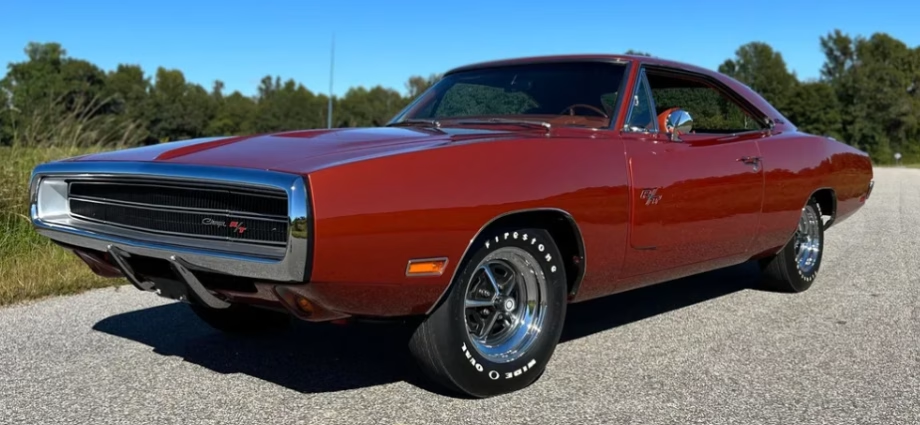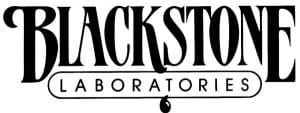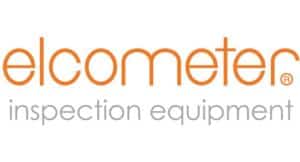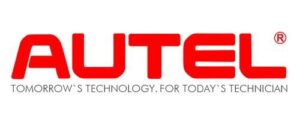1970 Dodge Charger R/T 426 HEMI Buying Guide: What to Look for During Inspection
The 1970 Dodge Charger R/T 426 HEMI is one of the most legendary muscle cars ever produced. With its powerful 426 HEMI V8, aggressive styling, and NASCAR influence, the 1970 Charger R/T HEMI remains a highly sought-after collector’s car. Whether you’re looking to invest in an original numbers-matching example or restore a project car, it’s crucial to inspect key areas to ensure authenticity, condition, and value.
This 1970 Dodge Charger R/T 426 HEMI Muscle Car Buying Guide provides a detailed breakdown of what to check during an inspection, helping you avoid costly mistakes and potential fakes.
1. Verify the Authenticity of the 1970 Dodge Charger R/T 426 HEMI
Due to the high value and rarity of the 1970 Dodge Charger R/T , many standard Chargers have been cloned to look like authentic HEMI cars. Before purchasing, verify these key identification points:
A. Check the VIN (Vehicle Identification Number)
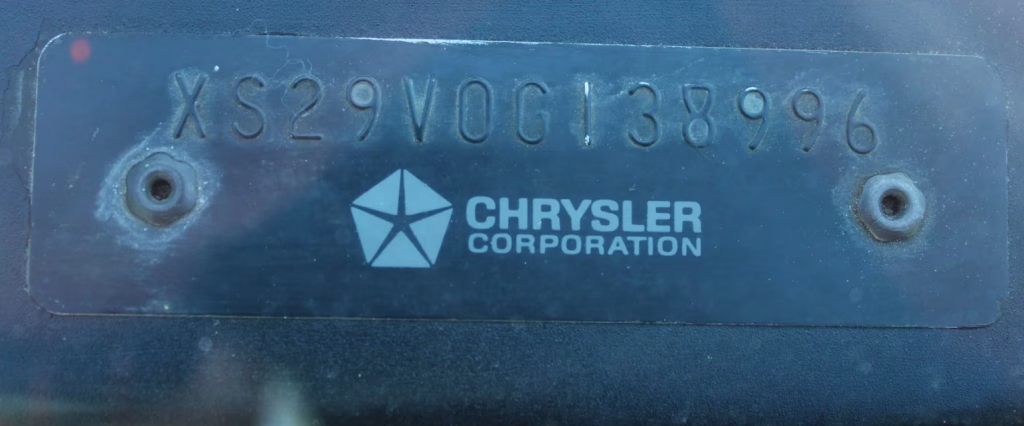
The 1970 Dodge Charger R/T should have a VIN that starts with XS29:
- “X” – Indicates the Charger R/T package.
- “S” – Represents the Specialty model (R/T performance package).
- “29” – Indicates a two-door hardtop.
🚨 If the VIN does not start with “XS29”, it is not an original Charger R/T!
B. Confirm the 426 HEMI Engine Code
The 1970 Dodge Charger R/T HEMI came with the legendary 426 HEMI V8, but not all R/T models had this engine. Check the 5th digit of the VIN:
- “R” = 426 HEMI V8 (original factory HEMI car).
- “U” = 440 Magnum V8 (not a HEMI).
- “V” = 440 Six-Pack V8 (not a HEMI).
🔥 Only a VIN with an “R” in the 5th digit confirms a factory-original HEMI Charger R/T!
C. Fender Tag & Broadcast Sheet Verification
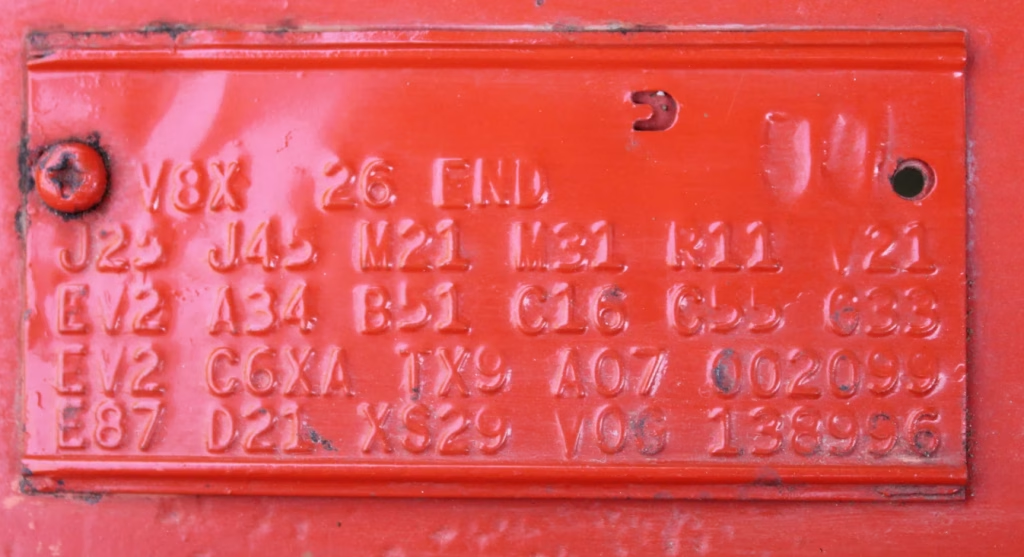
- The Fender Tag (located on the driver’s side inner fender) should include:
- “E74” = 426 HEMI Engine Code
- “D32” = Heavy-Duty Automatic Transmission (if equipped)
- “D21” = 4-Speed Manual Transmission
- The Broadcast Sheet (often found under the seat or inside the rear seat) further verifies the car’s originality.
2. Inspect the Body for Rust & Structural Issues
The 1970 Dodge Charger R/T 426 HEMI is over 50 years old, making rust and hidden repairs a major concern. Here’s where to check:
A. Common Rust Areas on a 1970 Dodge Charger R/T
- Trunk Floor & Rear Frame Rails – Water accumulation causes rust.
- Lower Quarters & Rocker Panels – Inspect for signs of patch panels or rust repair.
- Roof (Vinyl Top Cars) – Moisture under the vinyl top can cause hidden rust.
- Firewall & Inner Fenders – Rust in these areas can weaken structural integrity.
🚨 Use a magnet or digital paint meter to check for excessive bondo or hidden rust repairs.
B. Check for Signs of Previous Accidents
- Frame Straightness – Look for misalignment in door gaps and panel fitment.
- Underbody Welds – Uneven welds may indicate prior crash repairs.
- Bumper Alignment – Poorly aligned bumpers can suggest structural damage.
3. Mechanical Inspection: Engine, Transmission, and Rear Axle
A. 426 HEMI Engine Inspection
- Look for the correct block casting number: 2468330-1 (located on the passenger side of the block).
- The engine pad should have a matching partial VIN (confirming it’s original to the car).
- Check for proper carburetors – The 426 HEMI used dual Carter AFB 4-barrel carburetors.
- Listen for ticking sounds – The Hemi’s solid lifters are naturally noisy, but excessive noise may indicate wear.
B. Transmission & Drivetrain Verification
- 4-Speed Manual (A833) – Verify the Hemi-specific “Hemi Box” transmission.
- 727 Torqueflite Automatic – If equipped, ensure it has the HD torque converter.
- Dana 60 Rear Axle – HEMI Chargers came with a 3.54:1 or 4.10:1 rear gear ratio.
4. 1970 Dodge Charger R/T Interior Inspection
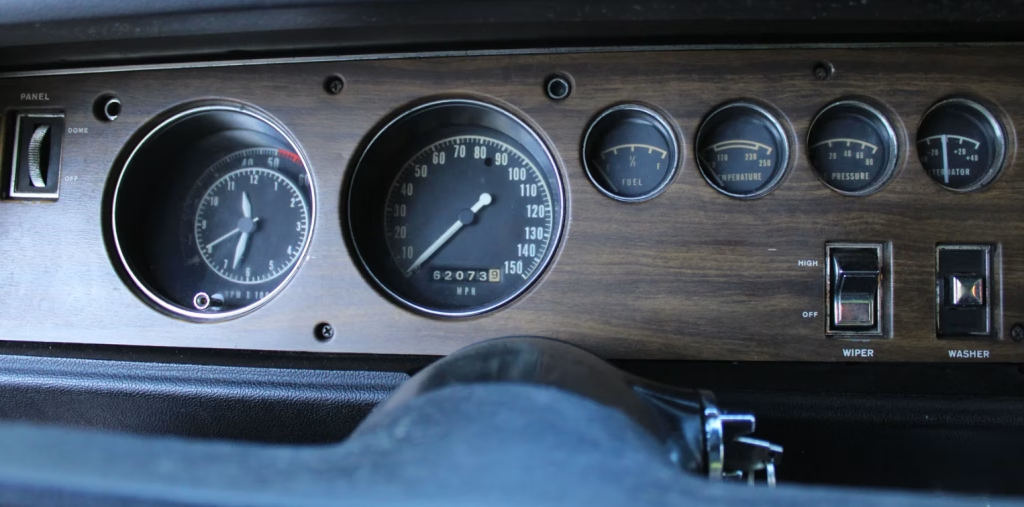
The interior of a 1970 Dodge Charger R/T plays a significant role in value. Here’s what to check:
A. Factory-Correct Interior Features
- Rallye Gauges with Tic-Toc-Tach – These should include a factory tachometer and clock.
- Woodgrain Center Console (Optional) – Manual cars should have a pistol-grip Hurst shifter.
- Door Panels & Seat Covers – Look for correct patterns and factory colors.
B. Verify the VIN Tag & Dash Pad
- The VIN should be riveted to the driver-side dash.
- Check for factory door stickers and tags for originality.
🚨 A missing or tampered VIN tag is a red flag!
5. Market Value: How Much Should You Pay for a 1970 Dodge Charger R/T 426 HEMI?
The value of a 1970 Dodge Charger depends on authenticity, originality, condition, and documentation. Here’s a breakdown:
| Condition | Market Value (2024) |
|---|---|
| Project Car (Non-running, needs full restoration) | $75,000 – $150,000 |
| Driver-Quality (Some modifications, non-matching numbers) | $175,000 – $275,000 |
| Numbers-Matching, Restored | $350,000 – $500,000 |
| Survivor, Unrestored, Fully Documented | $600,000 – $1,000,000+ |
| Best Auction Price (Mecum, Barrett-Jackson) | $1.32M (for rare options) |
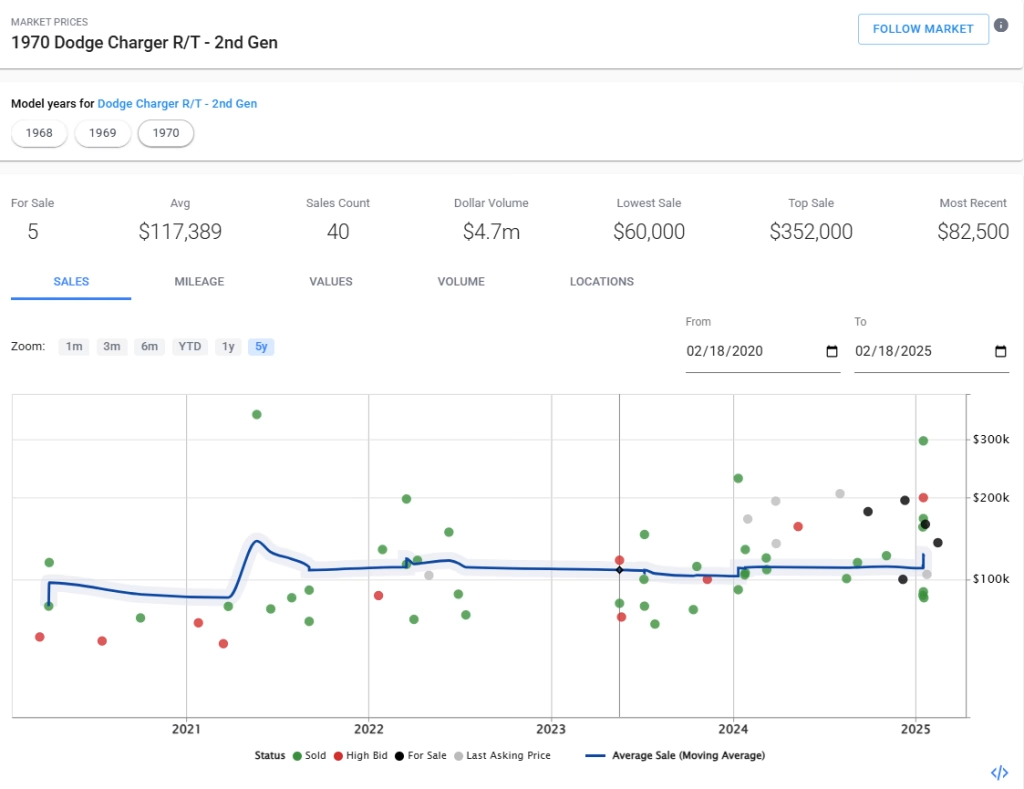
Final Buying Tips for a 1970 Dodge Charger R/T 426 HEMI
✅ Verify the VIN, fender tag, and broadcast sheet to confirm authenticity.
✅ Inspect for rust in common problem areas such as the trunk, rockers, and rear frame rails.
✅ Check engine casting numbers and transmission codes to confirm a real HEMI car.
✅ Drive the car – The 426 HEMI should rev smoothly and pull hard under acceleration.
✅ Buy from reputable sellers or auction houses (Mecum, Barrett-Jackson, Bring a Trailer).
The 1970 Dodge Charger R/T 426 HEMI is one of the most legendary Mopars ever built, making it a highly desirable investment. Whether you’re restoring one or purchasing a collector-grade example, following this inspection guide will help you secure a genuine, high-value Charger R/T HEMI.
Would you like a classic car pre-purchase inspection on a prospective 1970 Dodge Charger R/T 426 HEMI purchase?

